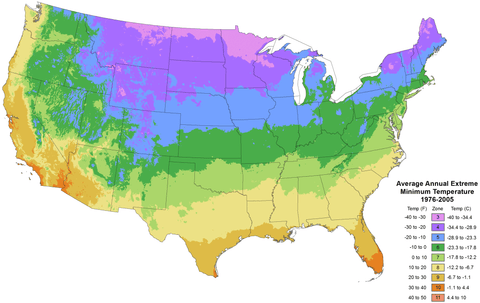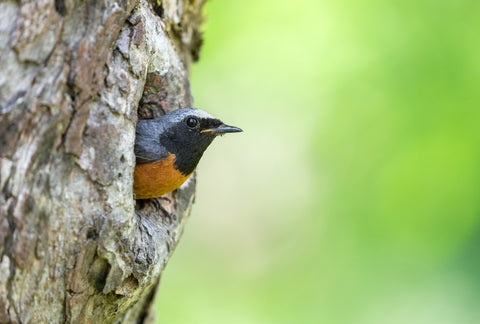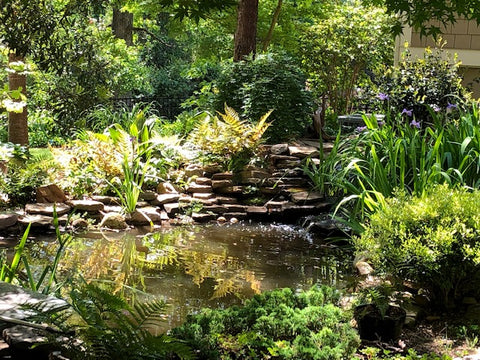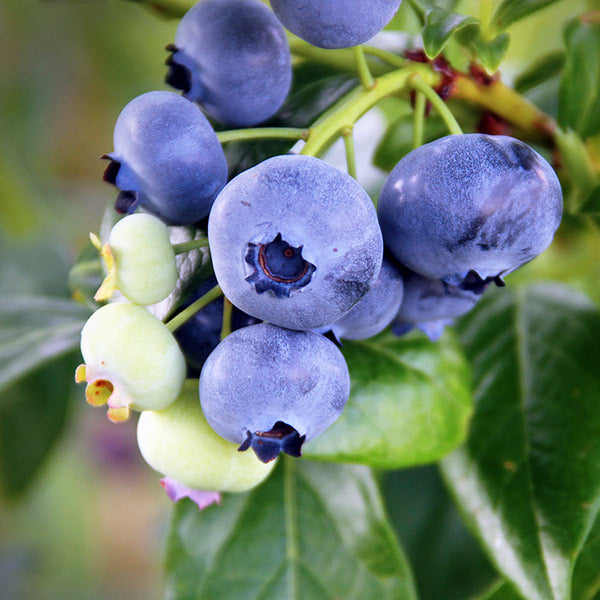Ask a Master Gardener: Choosing the Right Plants
Last updated: Aug 18 2021

This is the third article in our Ask a Master Gardener series. Our resident Master Gardener, Phyllis, is sharing her top tips for planting, landscaping, garden basics and more!
We are now in August and the temperature continues to climb - at least here in the South! The summer heat can be stressful to living things, including your plants. If your area isn’t getting rain, remember to keep everything watered (including yourself!), and always water the base of the plant to get water to the roots.
But give it just a few more weeks and the temperature will break - and that means fall gardening season will begin. As we start to think about which plants will do well and look great in our yards, let’s discuss how we make some of those choices.
Start by thinking about the zone you live in. The U.S. has 10 growing zones, ranging from Zone 3 along the Canadian border to Zone 10 at the most southern part of Florida. Search your ZIP code to determine which growing zone you live in, or use the USDA Hardiness Zone Map. Once you’ve determined your growing zone, you have a starting point for finding your pants. Most plants, online or at your local nursery, are labeled for the zones in which they will thrive.

USDA Hardiness Zone Map
Next, think about what you want to add to your landscape. Do you have an area where you need to add height? Consider a tall-growing shrub or shade tree. Do you need privacy from neighbors or a screen for an unattractive area? Think about a row of evergreen trees. Do you need to add some variety to an overly green yard? Consider a flowering tree or shrub - paying attention to bloom color and time to ensure it fits into your landscape. Looking for fall color? Check out deciduous shade trees, which will bring bright autumn hues.
Another thing that gardeners should think about is native plants. Every part of our country has plants that are indigenous to that area. And while many plants can (and do!) grow well outside of their indigenous area, native plants will flourish - and they can often do a better job of providing shelter and food for native wildlife.
Native plants are also likely to grow well without a lot of additional water or pesticides, since they have adapted to that climate. To be considered a native, a plant must occur naturally in a particular region or ecosystem, without human introduction.
“Invasive” plants give us something else to consider. Who knew one would have to think so hard to be a gardener! Invasive plants are plants that are non-native, able to establish on many sites, and spread quickly (not all non-native plants are invasive - only those that spread quickly and are difficult to contain).
If uncontrolled, invasive species can be harmful to our natural resources: they can outcompete native species for food and habitats, and sometimes even cause the extinction of native plants. But keep in mind that “invasive” is not one-size fits all - plants that are considered invasive in some areas may grow perfectly fine in others, or when certain planting precautions are used.

Native plants can provide a better habitat for wildlife in your area.
And that’s not to say that you can never plant native or invasive species. In my opinion, the best landscapes have a mix of native species and other plants you love, too.
I lived in Japan for several years, and many of my plants come from that area, since I am in the same growing zone. I happen to love bamboo, but it spreads quickly, and some varieties are considered invasive. In order to grow it, I plant it in a large pot by my fish pond. Contained, it cannot spread where it’s not wanted or take up resources from other plants and trees. I have seen bamboo actually grow into the crawl space of a home and come up in the living room!

I plant bamboo and other plants native to Japan around my fish pond.
When deciding what plants you want to add to your landscape this fall, consider adding native plants to your wishlist, and use caution when planting invasive varieties. The things you plant today can make a difference in years to come. Keep planning, but don’t plant yet!
Written by
Phyllis Ferguson
Phyllis is a Master Gardener growing in Zone 7 in Charlotte, North Carolina. She loves working in her landscape with flowering shrubs and perennials, planting around ponds and water features, and taking care of her dogs and her backyard chickens.
A longtime Master Gardener educator in North Carolina, Phyllis is sharing her best tips for plant selection, gardening, landscape care and more with FastGrowingTrees.com.












